With more and more makers owning some type of CNC diode laser or CO2 laser, it’s becoming increasingly popular to engrave or cut materials at home. Laser cutting opens up a world of creativity, and there are many intrepid makers who go the extra mile to come up with unique takes on conventional ideas.
While it’s difficult to narrow down all the cool projects out there, we considered the following when making our decisions: the files have to be free, original, and varied in terms of use, the projects have to be easily replicable and shouldn’t require super advanced skills or tools, and they’ve got to be popular, with proven reproductions being a bonus.
Before launching into our list of the best laser cut files, we’ll briefly introduce laser cutting, what materials we can cut with it, and safety considerations to keep in mind.
What Is It?
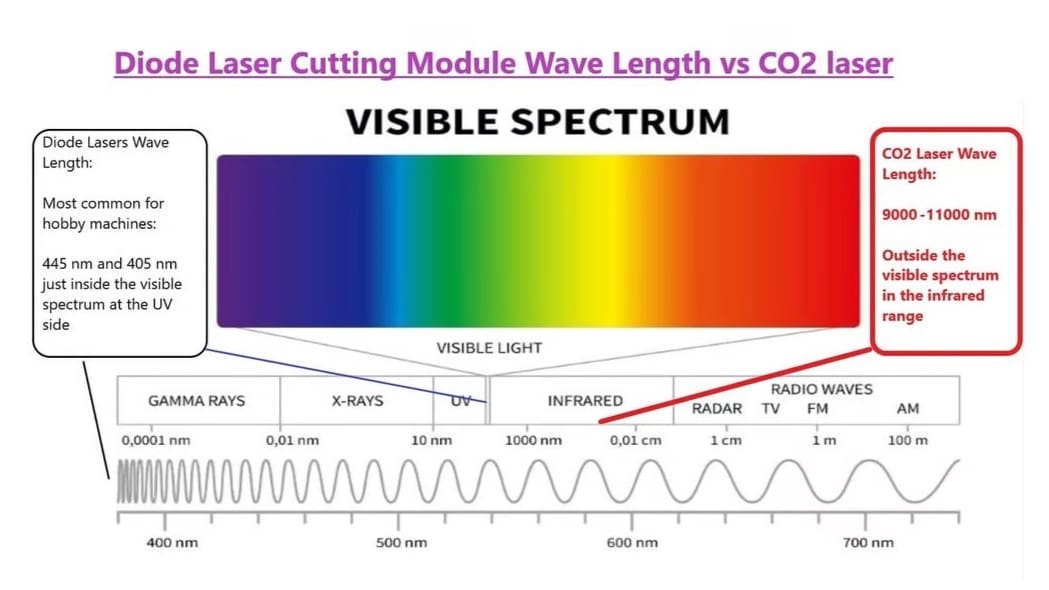
You might know that “laser” stands for “light amplification by the stimulated emission of radiation”, but what does it mean? This phrase describes the process of creating a laser beam by increasing the energy levels of atoms until the energy is released in the form of high energy photons or light particles, which are then used for various purposes like cutting, engraving, and welding.
Lasers cover wavelengths on the electromagnetic spectrum ranging from ultraviolet (UV) to infrared (IR). We are focusing on the two types of lasers commonly used by consumer-grade laser cutters, including diode lasers (UV range) and CO2 lasers (IR wavelength). The main difference here is the medium which is being excited to create the laser beam.
On one side, the CO2 gas inside a glass tube is excited by using high voltages, and on the other side, we have semiconductor materials (diodes). They both operate at opposite ends of the electromagnetic spectrum, with the commonly available diode lasers in the 405-445 nm range (UV) and the CO2 laser in the 9,000 to 11,000 nm range (invisible IR range).
Next, we’ll look at how to use these technologies for cutting different materials.
What Can Lasers Cut?
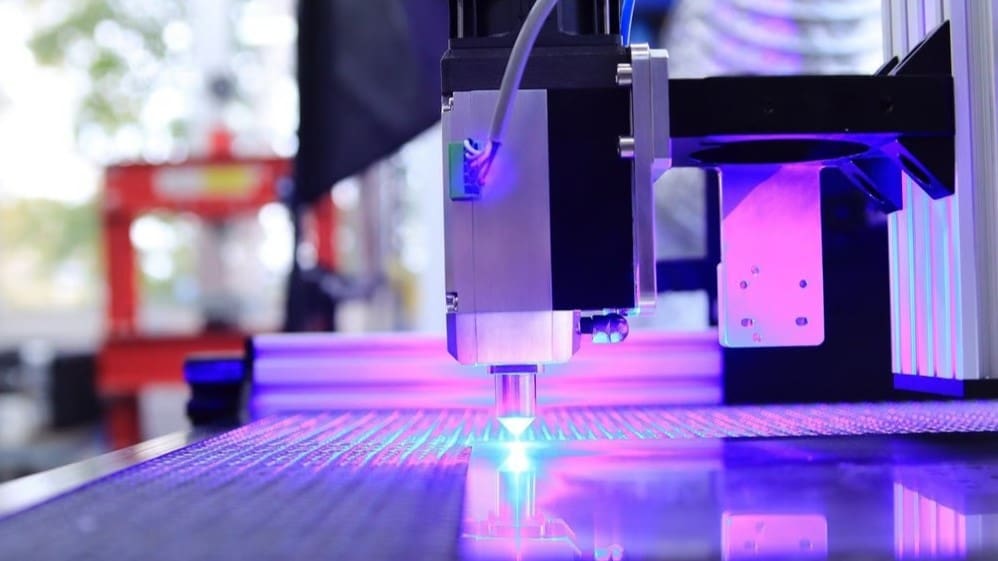
Mileage varies in regard to what materials can be cut with laser cutting. In general, the more powerful the optical output of the laser, the more cutting power and speed it has. Narrow and more focused beams can typically cut deeper. Another consideration is an air nozzle (air assist), which greatly improves cutting quality by keeping smoke and evaporated material out of the beam. It keeps the laser optics clean by blowing clean air on the workpiece while cutting.
Which laser is more suitable depends on what you want to achieve. For example, a CO2 laser might be more suitable than a diode laser for cutting thicker material like wood or acrylic. However, more powerful diode lasers with 10-20 W optical power are becoming available. For engraving, a softer focus and less energy may be necessary. It’s best to follow the manufacturer’s recommendations for the proposed use.
Unfortunately, a hobby laser setup is not capable of cutting metals. However, lasers can etch or discolor metal. In addition, diode lasers can’t cut clear acrylic sheet since it doesn’t absorb the wavelength, but CO2 lasers can.
Having the ability to cut certain materials doesn’t mean you should. Manufactured wood boards like MDF made with formaldehyde or structural plywood can release dangerous fumes. Even engraving glass releases fine particles. Like any fine dust, it can cause serious damage to our health. On that note, let’s take a further look at safety considerations.
Safety Considerations
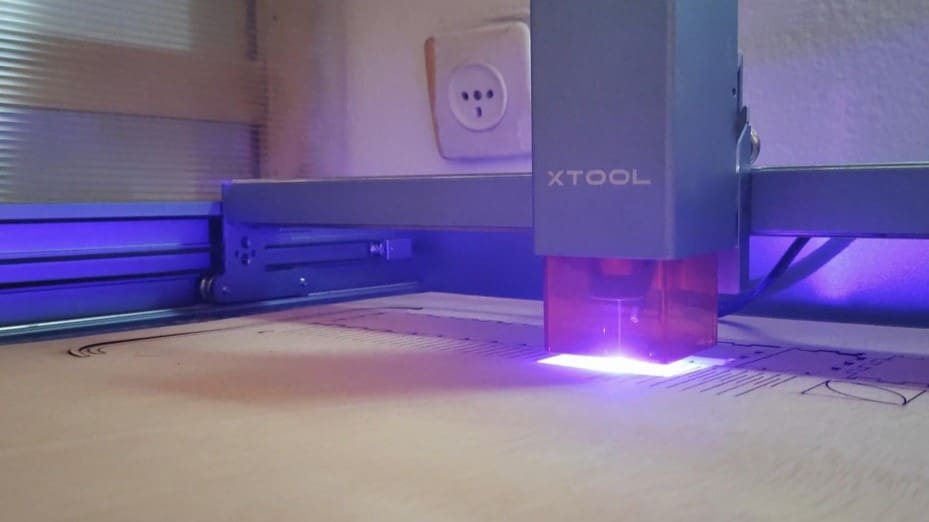
Any laser used for cutting is a class 4 device, meaning it can and will cause serious damage to you if handled incorrectly. CO2 lasers operate upwards of 25,000 volts of electricity and shielding defects can be lethal. Even indirect, scattered reflection of laser light, visible or not, is potentially dangerous. Therefore, discount open-framed laser cutters are quite dangerous to use without proper safety precautions.
Every laser installation must be properly grounded and protected. Be sure to purchase high-quality laser safety goggles for the same wavelength as your laser. Passive protection like protective shielding, enclosures, and ventilation with filtration is recommended. Even a simple homemade eye saver can make a difference. Be aware that cutting certain materials, like plastics, releases harmful fumes. In addition, always have a fire extinguisher at hand in case of a fire.
Now without further ado, here’s our list of the 10 best laser cut files for CNC laser cutting machines!
Roll-top pencil case
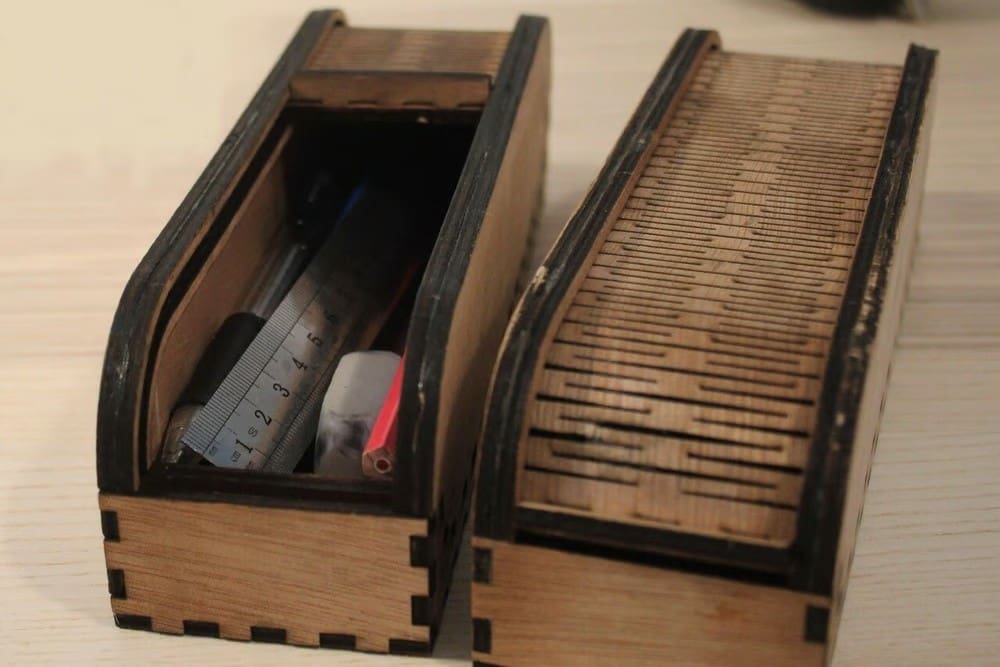
With no other parts required except glue, this roll-top pencil case is a sleek and useful addition to your desk or workspace. The maker presents the work beautifully with full instructions. This is a slightly more challenging project that will let you have some fun with laser cutting.
But why not design your own box and generate an SVG file automatically? With boxes.py by florianfesti, you can generate this roll-top box and many other designs with a ready-made SVG file output. The website, which offers every box one could desire, has several drop-down lists for all sorts of box designs. On the final page, you simply need to enter the dimensions you want your selected box to have in the web template. The result is a free SVG file output!
- Who designed it? NirL
- How makeable/popular is it? This design has around 74,000 views and 227 likes so far.
- Where to find it? Instructables
Globe
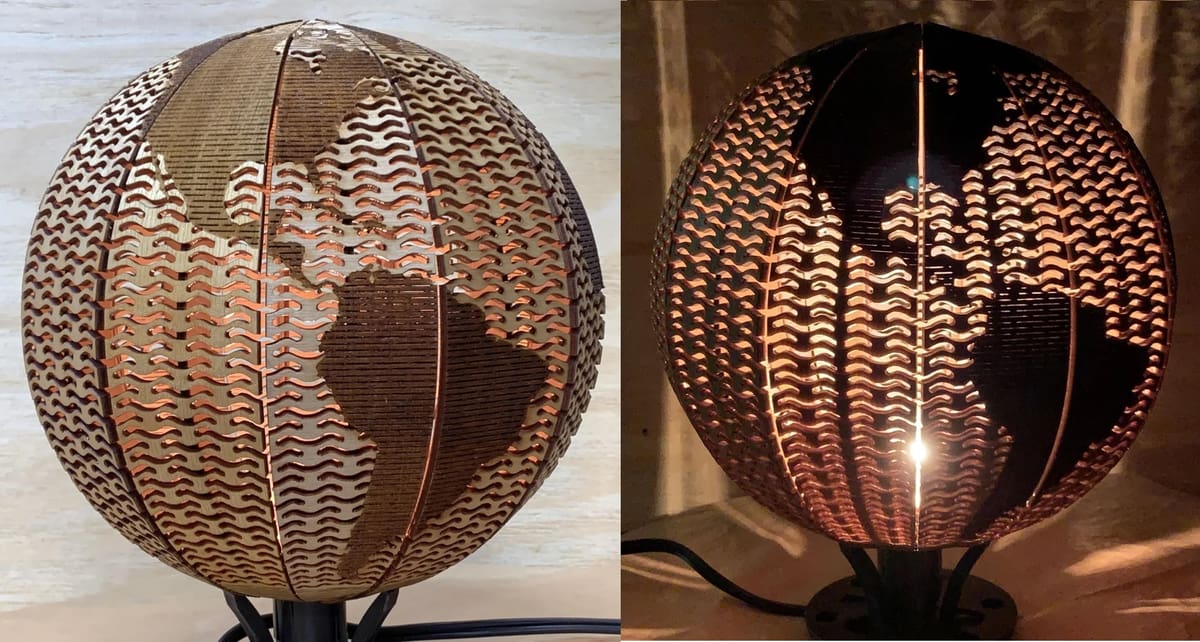
The laser cut globe is a prizewinning design that can be used as a lamp. The intricate design took a lot of effort because the maker had to work out how to create a correct projection of the world map onto the globe. This may sound easy, but maps are distorted representations, and depending on the use case, different types of projections are used. Not only has the designer achieved the goal, but the results are stunning.
While you don’t have to use it as a lamp, it definitely looks great illuminated. This project is somewhat complex and time-consuming, but one is rewarded with a truly unique piece of art.
- Who designed it? deelstradesigns
- How makeable/popular is it? With over 12,000 views, 131 likes, and two shared community makes, this globe is pretty popular.
- Where to find it? Instructables
Drink Presentation Boxes
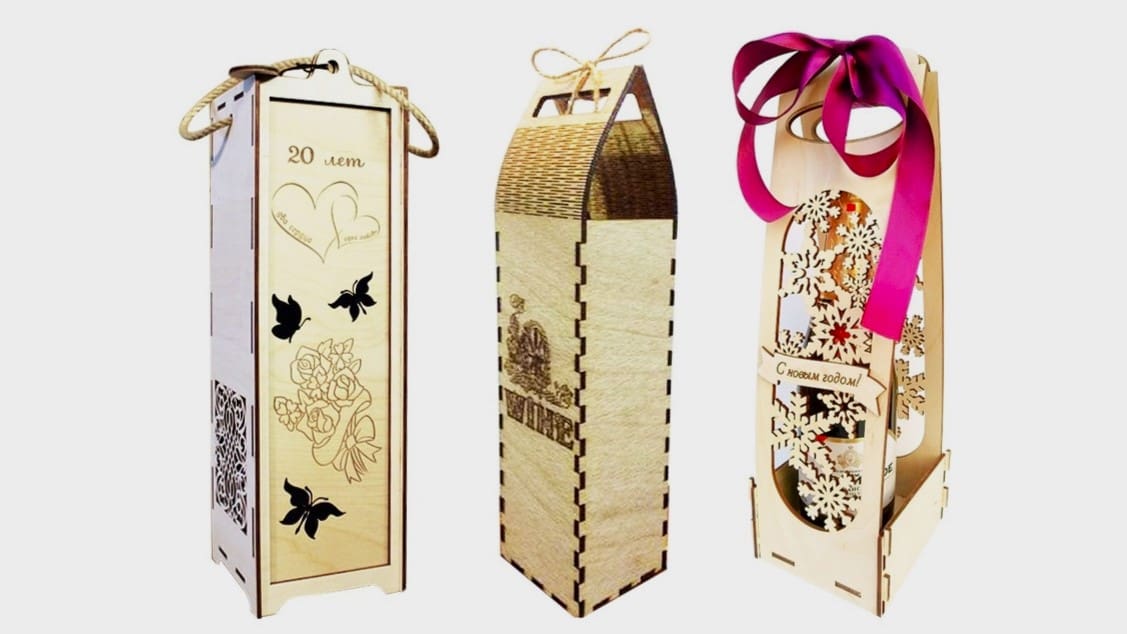
Drink presentation boxes are always a great present, especially when filled with something special. These boxes stand out with some pretty designs by user Claire. While the idea itself isn’t new, this project presents a good combination of engraving and cutting, requiring different skills.
The files are freely available in three different file formats, including DWG, SVG, and DXF. These files don’t come with instructions, but they should be simple enough to complete without them. The rest is up to your creativity!
- Who designed it? Claire
- How makeable/popular is it? The over 3,000 views are indicative of high popularity. The complexity varies, from simple to moderate.
- Where to find it? StyleCNC
Flexible Surface Pattern
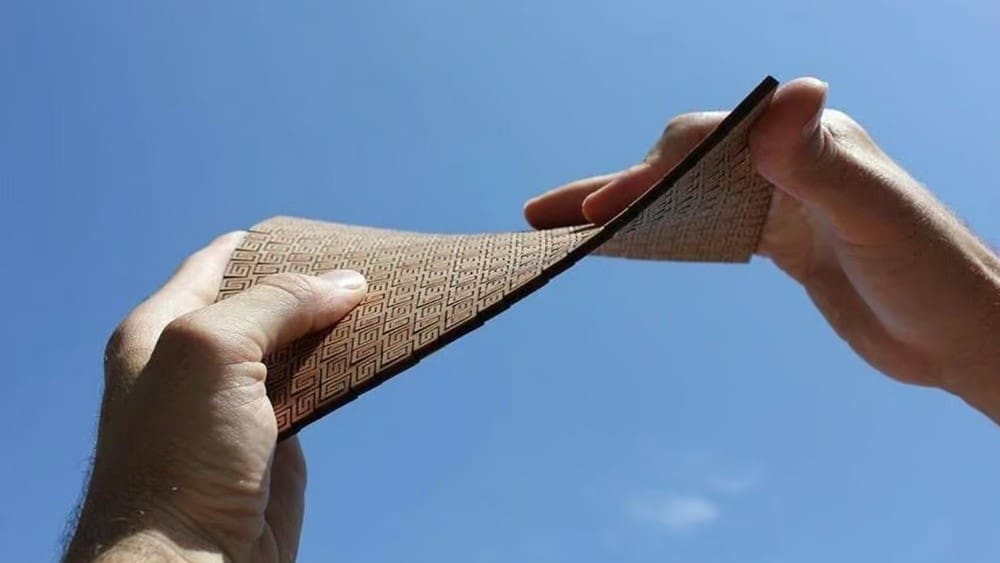
This unusual flexible surface pattern by koFAKTORlab is an interesting take on live hinges. The design is included because it provides the foundation to create some interesting projects.
Turning a flat piece of plywood into a flowing object without sharp transitions is an interesting concept. Usually, flexible patterns offer movement in only two directions, such as in furniture making or roll tops. However, this pattern offers freedom in an additional direction. Of course, everything has its limits, and the material you use will affect the overall flexibility.
- Who designed it? koFAKTORlab
- How makeable/popular is it? This pattern is fun and easy to make. Air assist is recommended to avoid excessive burn damage, which would affect the beauty of the pattern.
- Where to find it? Obrary
Jeu De Main – Learn Braille
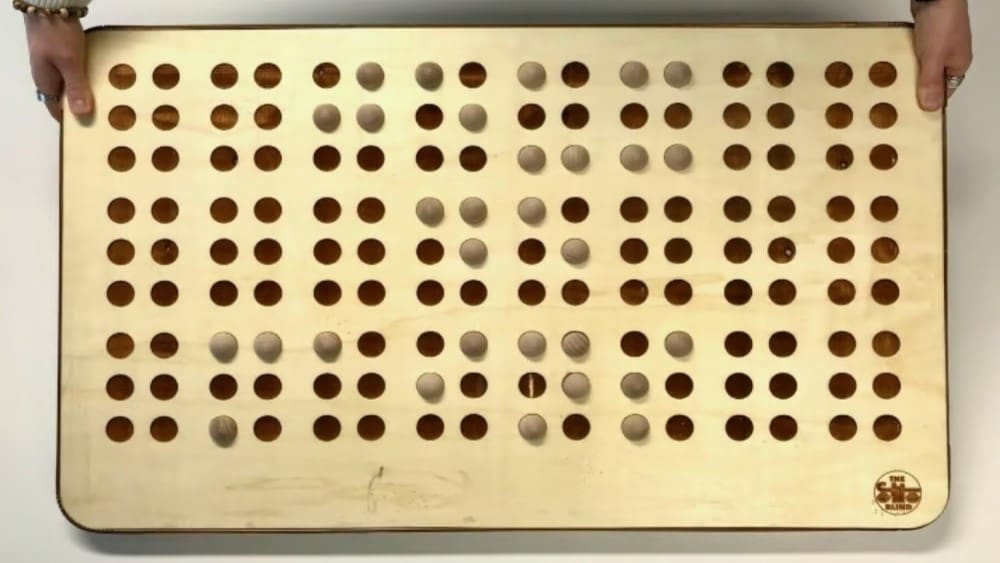
Learn braille with this beautiful set. This useful project is a unique project by the artist The Blind and Rennes University in Brittany, France. The idea of creating this touch-friendly, oversized set to learn braille goes hand in hand with the artist’s concept of making art, especially graffiti, that appeals to the senses.
The Blind embeds plaster hemispheres into his artwork, often conveying a provocative message befitting the location. For example, “Ne pas toucher” is embedded in art adorning the Musée des Beaux-Arts in Nantes. Meaning “do not touch”, this clever message plays on not being able to touch the artwork while, at the same time, the braille needs to be touched in order to be understood. We like how this inclusive idea combines creativity with education.
- Who designed it? Labfab
- How makeable/popular is it? This popular game has over 600 views, and it’s easy to make with basic hole cuts.
- Where to find it? Instructables
Puzzle Collection
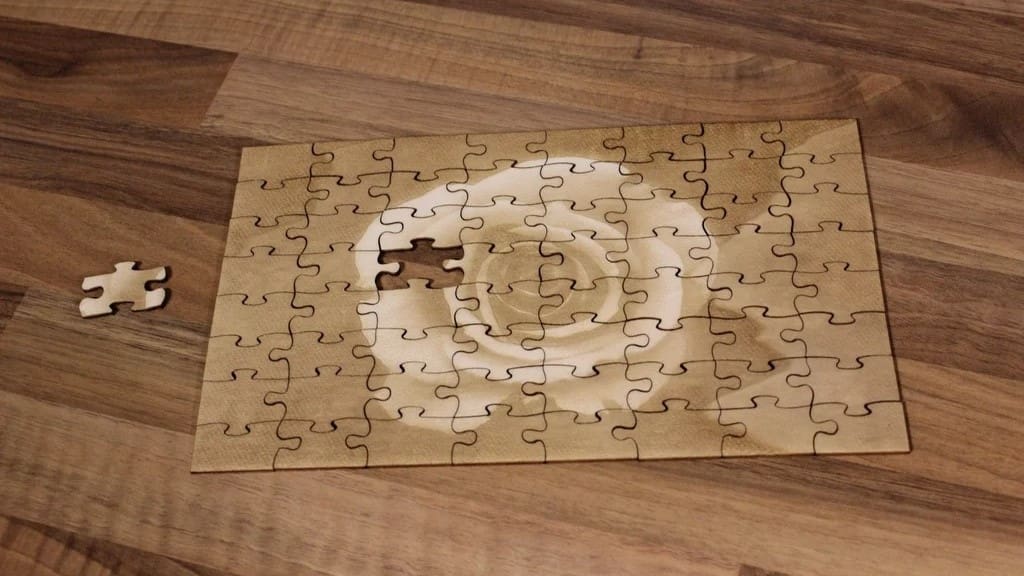
This puzzle collection has proven extremely popular so far, and we can see why. It’s a nice selection of different types of puzzles made of various materials. With jigsaw, fractal, cryptex, sliding blocks, and tray puzzles, even the most diehard puzzlers will be satisfied.
This collection includes tips and links to other resources that will walk you through techniques, like transferring an image onto wood to make a puzzle. There are also resources for cutting acrylic and generating one’s own puzzle pattern. With nice instructions on how to make the various puzzle types, this collection is perfect for any laser cutting fan, and it encourages makers to be creative. Why not try the Celtic knot puzzle?
- Who designed it? msraynsford
- How makeable/popular is it? This exciting popular puzzle collection has over 76,000 views and counting. The difficulty level varies for each puzzle type, so you can get your bearings with the simpler options and opt for more challenge as you get more experience.
- Where to find it? Instructables
Raspberry Pi Case
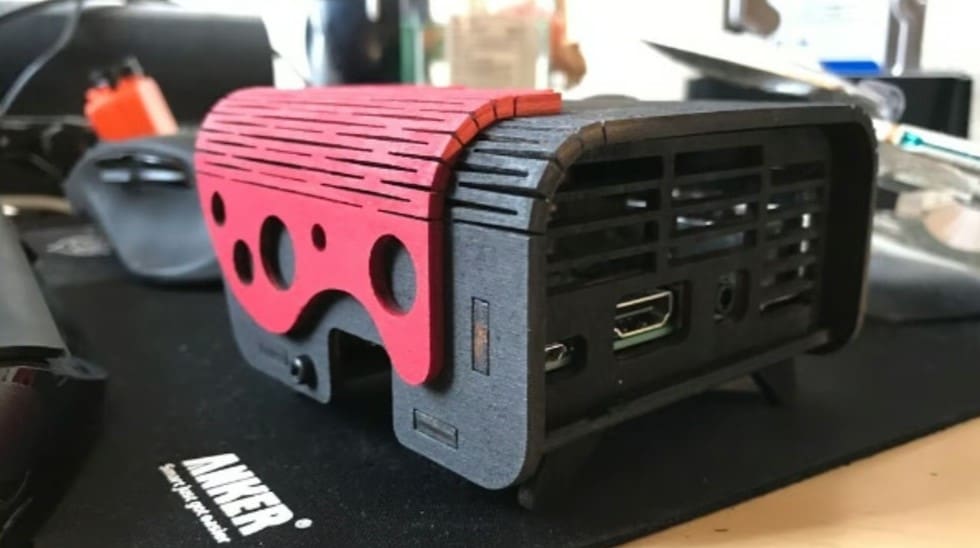
This Raspberry Pi case is a relatively new addition from Cults maker McNugget. Since the case is designed for the Raspberry Pi 3, some adjustments are needed to fit a Raspberry Pi 4. The design uses a flexi pattern that allows for the curved shape of the case. It makes a welcome change from most boxy designs. With plenty of openings, cooling shouldn’t be a problem. This case is an environmentally friendly alternative to the ubiquitous plastic cases.
There’s also a similar item available for another popular microcontroller, the Arduino Uno. The Arduino Pocket Uno case by EngrainedProducts has been around for a while. It ticks the same boxes as the Raspberry Pi case, except that it’s rather boxy and easier to make.
Atomic Teaching Game
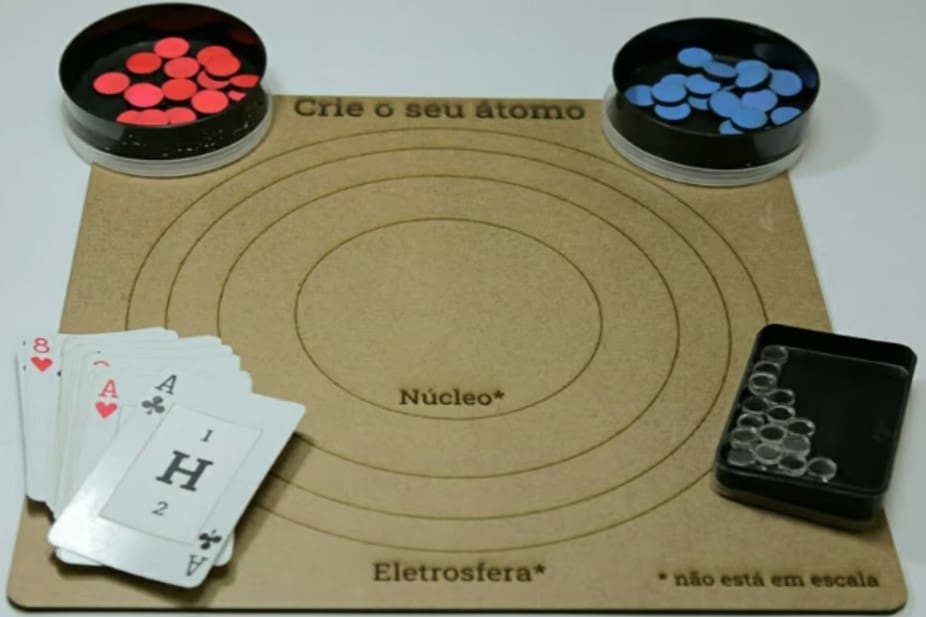
The atomic teaching game is free and educational, and it will help you learn (or teach) and remember the correct number of protons, electrons, and neutrons for various atoms. The maker supplies an English and Portuguese version.
The fact that it already enjoys 185 downloads indicates there’s a need for this memory-style learning aid. The game includes a modified deck of playing cards with individual elements of the periodic table. To get started, one player draws the card with the element and asks the other player to reconstruct the correct number of electrons, protons, and neutrons on the board. Variations of this game are possible, making it a great learning tool.
Emylon Rocket Kit
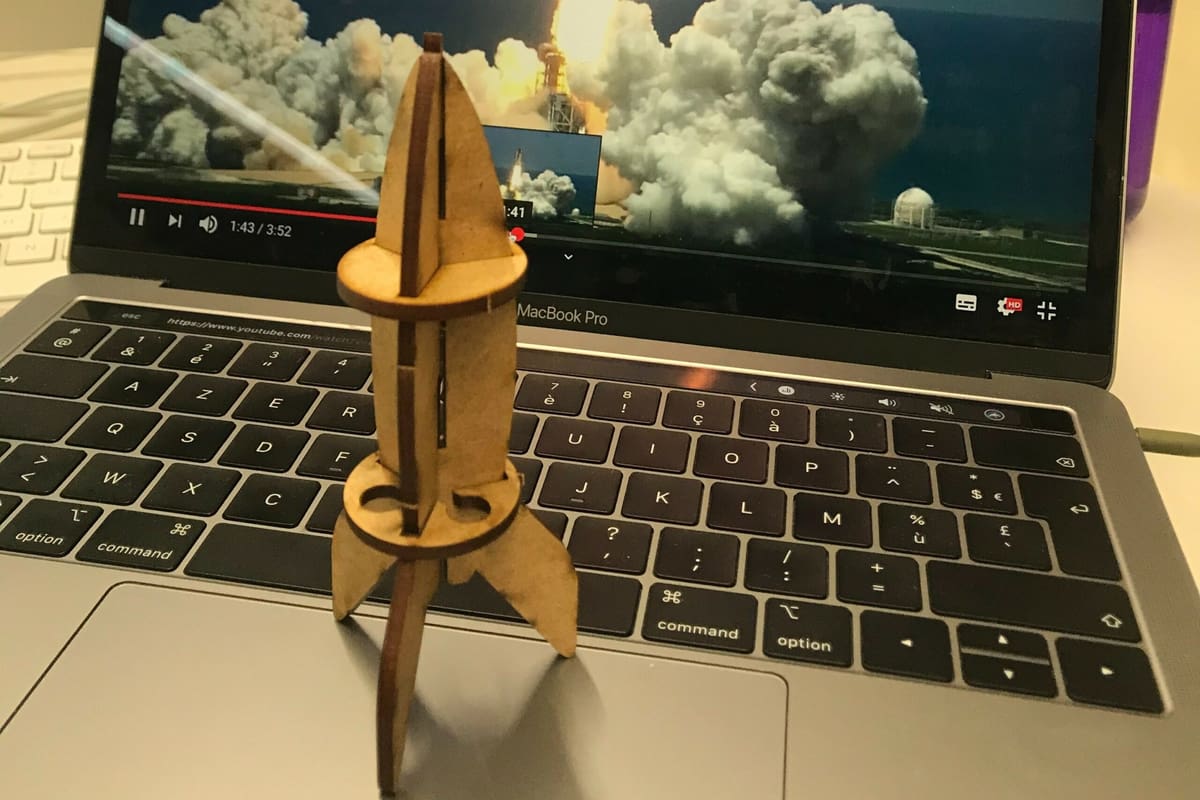
If you’re new to laser cutting, the Emylon Rocket Kit is a perfect project to dip your toes in. This simple but incredibly popular design is hard to ignore. Various iterations exist, but the tried-and-true original is a good place to start.
The decorative appeal of the rocket and the simple design has resulted in plenty of makes. The impressive number could also be the result of this model being used as a project for a course called “Introduction to Laser Cutting”.
- Who designed it? makerslab_emylon
- How makeable/popular is it? This project is a phenomenon, with 1,911 makes and 2 remixes.
- Where to find it? Thingiverse
Book
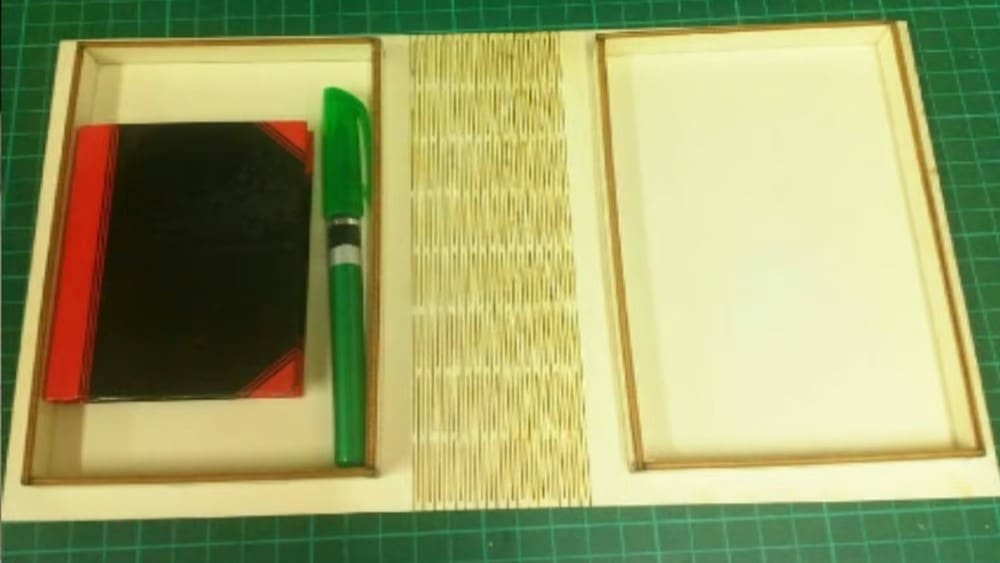
While the laser cut book has been around for some time, it’s an interesting make that combines flexible patterns and box making. It’s the perfect project for anyone who would like to create a unique hiding place or a book-shaped present.
For some reason, a page holder with a thumbhole is also included in the files. It’s not necessary for assembly, but it’s a useful item for bookworms.
- Who designed it? germaningineur
- How makeable/popular is it? Over 13,000 downloads and at least one successful make speak of this literary creation’s popularity.
- Where to find it? Thingiverse
License: The text of "The 10 Coolest Laser Cut Files" by All3DP is licensed under a Creative Commons Attribution 4.0 International License.